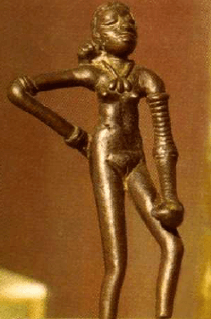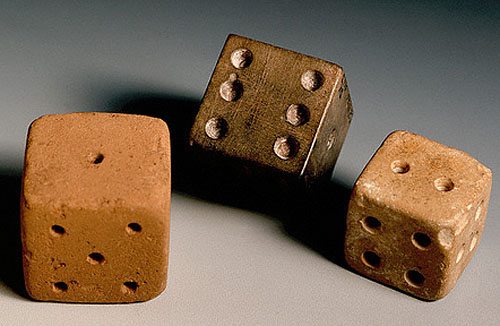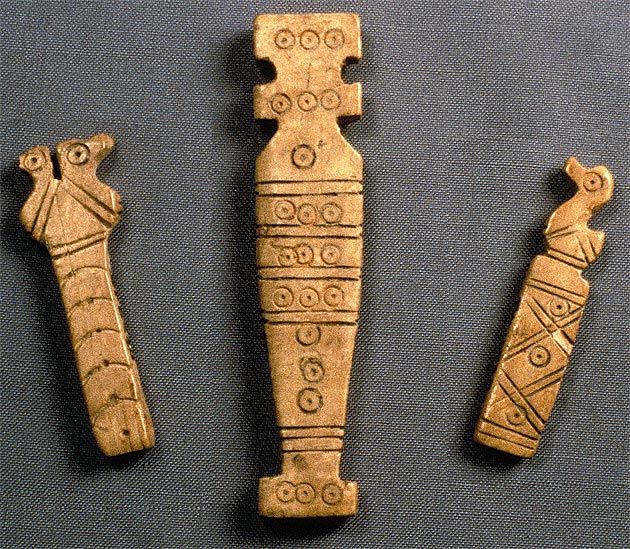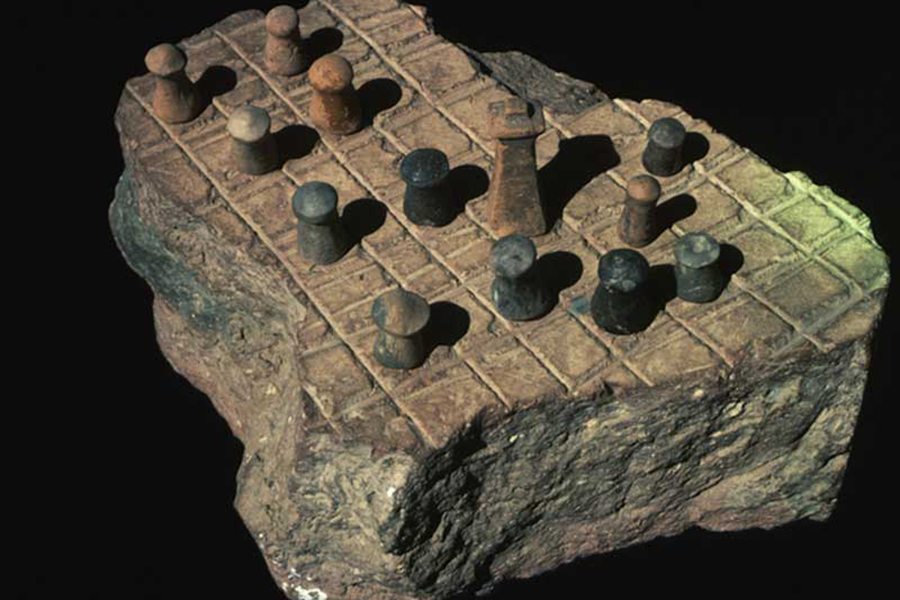class="post-6877 post type-post status-publish format-standard has-post-thumbnail hentry category-archaeologists category-chakra category-chess category-dancing category-dices category-discus category-harappan-civilisation category-indus-valley-civilisation category-javelin category-mohenjo-daro category-music category-swimming category-toran">
INDUS VALLEY CIVILISATION
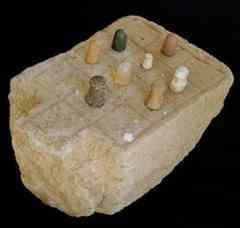
The Indus valley civilisation or Harappan civilisation originated during 2500 BC around the Indus valley, Harappa and Mohenjo-Daro, which now is eastern Pakistan. This civilisation is very well known in their advancement of technology and lifestyle. Facts about the civilisation have been accounted for from the vast excavations made by archaeologists, which explains about the way of life of the people of Indus valley.
The excavations conducted at the Indus valley sites also help us to understand the games and past times of the people of Indus valley. There is also evidence that play for children also had a lot of importance by the toys that has been unearthed from these sites. “A picture is worth a thousand words”, as the saying goes, let’s try to understand the prominence given to sports and games during the Indus valley period with the help of pictures of the relics unearthed.
(Picture Courtesy: Google Images)
Take a look at the above picture! There is a weapon which resembles the modern day javelin, round balls which resembles the shot put ball of our time and a disc shaped instrument resembling out modern day discus. Literature review reveals that the javelin was called as’ toran’ and the discus as ‘chakra’. All these relics throws light upon the pastimes of the people, and also that games like javelin and discus throw could have originated from this period.
 (Picture Courtesy: Google Images)
(Picture Courtesy: Google Images)
These images of bronze statues of a dancer from Mohenjo-Daro, points out to the fact that music and dancing have been the favourite past time of the people of Indus valley. The great bath of Mohenojo-daro conveys the fact that swimming also was an important sport.
(Picture Courtesy: Google Images)
These relics of dices and marbles reveal that people played games which involved the use dice and marbles. The stone slab relic resembles the modern day chess, and literature review throws light upon the fact that this game was very much prevalent during the Indus valley period. The existence of hunting, punching or boxing as other forms of sports of the people of Indus valley practiced is evident from the seals recovered from the sites of Indus valley.
One very prominently appearing fact is that the forms of games that we see now a days , had existed thousands of years back, proving that the games have innovated over period of time and secondly, sports and recreation was given equal importance back then.
By Dr Srividya K
class="post-6878 post type-post status-publish format-standard hentry category-atmabodh category-bal-leela category-bhagwat category-indus-valley-civilisation category-leela category-vivekachudamani category-western-civilisation">
Play is of utmost importance as it contributes to the physical, social, cognitive and emotional well being of a child as well as adults too. The United Nations High Commission for Human Rights have recognised play as a right of every child. Looking back at the blogs that have been written, all of it traces the history of play in the western civilisation, and it’s very evident that the westerners did realise the value of play in a child’s life, and going forward play has been recognised as a right by the UN.
Tracing the history of play of western civilisation has been effortless as all the literature is available at a click. Tracing the history of play of Indian civilisation has been a herculean task, and it’s amazing to know that history of play in India can be traced to the 2500 BC, that is during the Indus Valley Civilisation period.
Meera Oka, et al., conducted a study on “A profile of children’s play in urban India”, where inferences can be drawn regarding the value and meaning of play in the Indian context which is a little different from the western context. Play has been described at two levels, one is ‘Bal Leela’, play viewed at a micro level, is the most important feature and typical of childhood, on a day to day basis. ‘Leela’, at the macro level, is viewed philosophically, to understand the very nature of human existence, which views the entire universe as a creation and play. Analysis of commentaries from scriptures of Madhavananda (1978), Nikhilananda (1987), White(1994), Parthasarthy(1990); as well as poets like Kabir, Tagore, Ramdas and Rahim, suggest that child’s play are the antecedent of philosophy. These eminent authors viewed child’s play from two perspectives. One is appreciating a child’s prudence of getting into and out of play. The second perspective highlights upon the manner in which children engross themselves in play not bothered about their surroundings. Here are few excerpts as taken from the study conducted by Meera Oka, et al to help understand the link between philosophy and play.
Madhavananda’s commentary on ‘Bhagwat’:
As a child does while playing one should be completely absorbed and dedicated to the activity one undertakes and yet have the awareness of its temporary nature, and of life itself.
Nikhilananda’s translation of ‘Atmabodh’:
During childhood one is completely lost in play, during adolescence in studying, and during adulthood in home and responsibility, so where is the time to attend to God!
Madhavananda’s commentary on ‘Vivekachudamani’ :
A child plays with its toys forgetting hunger and bodily pains…. Exactly so does the man with real knowledge take pleasure in reality, without ideas of ‘I’ or ‘mine’ (as in possession).
Kabir’s poem:
Worship, service, holy fasts and conduct that conforms, to canonical law….
Are like a girls’s play with her dolls,
To give up this make believe will be hard…
Tagore’s poem:
Tempest roams in the pathless sky
Ships get wrecked in the trackless water
Death is abroad and children play.
With this introduction to Indian perspective of play, let’s look at the concept of play during the Indus Valley civilisation in the next blog.
By Dr.Srividya.K



